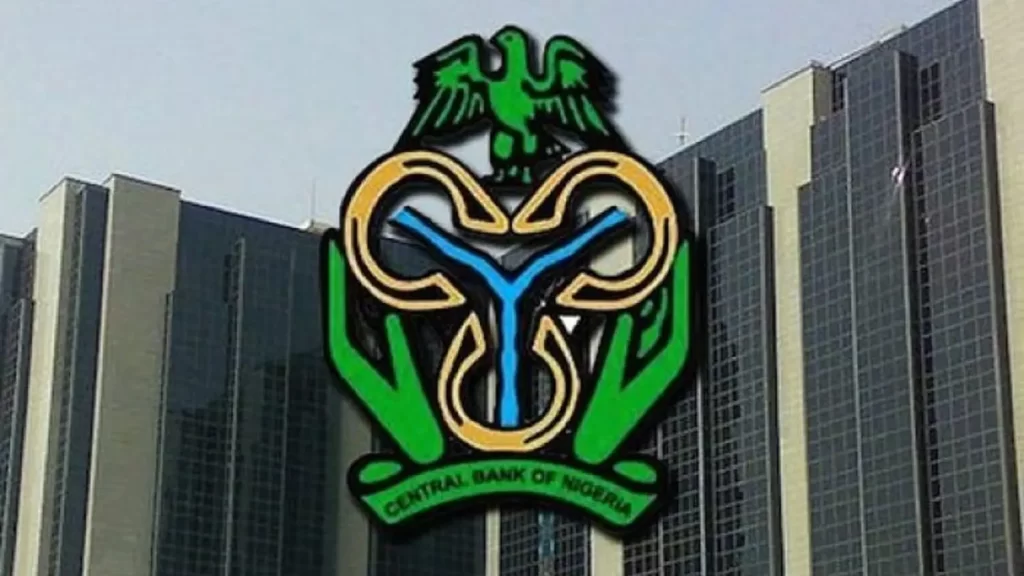CBN explains September 2025 MPC decisions

Nike Popoola
The Central Bank of Nigeria (CBN) has explained key facts on the September 2025 Monetary Policy Committee (MPC) decisions. The clarifications were published on its website in a Frequently Asked Questions (FAQs) post on the MPC decisions.
The clarifications are stated below:
1. Why did the Monetary Policy Committee (MPC) reduce the Monetary Policy Rate
(MPR) to 27.00 per cent?
• The MPC lowered the MPR by 50 basis points to 27.00 per cent in response to the
sustained decline in inflation over the past five months and in anticipation of further
decline in inflation for the remainder of 2025.
• Also, the reduction in the policy rate by the MPC would help to support economic
recovery efforts of the government without undermining macroeconomic stability.
2. What informed the adjustment of the Standing Facilities corridor to +250/-250
basis points?
• Standing facilities refer to monetary policy instruments that help the CBN to provide
or mop overnight liquidity in the banking system. There are of two types: the standing
lending facility (SLF) which enable banks to borrow liquidity, overnight at the SLF
rate; and the standing deposit facility (SDF), which allow banks to deposit excess
liquidity overnight with the CBN at the SDF rate.
• It is these rates that were adjusted at the last MPC from +500/-100- basis points to
+250/-250 around the MPR. This implied that the CBN is currently operating a
symmetric corridor in contrast to the asymmetric type.
• The recent adjustment is aimed at reducing the width of the corridor to minimise the
volatility in the overnight interest rate, improve interbank market efficiency, and
deepen liquidity management. Overall, this would encourage more active interbank
trading and enhance monetary policy transmission.
3. Why was the Cash Reserve Ratio (CRR) for commercial banks reduced to 45 per
cent?
• Cash Reserve Requirements are statutory obligations for banks to keep at least a
specified percentage of their total deposits with the CBN. It is both a prudential and a
liquidity management instrument.
• The higher the CRR, the lower, the available funds for banks to create credit, and vice
versa.
• The recent reduction in the CRR by the MPC seeks to ease the liquidity burden on
commercial banks, thereby providing more room for productive lending and
intermediation, while maintaining sufficient sterilisation to guard against inflationary
pressures.
4. Why did the MPC introduce a 75 per cent CRR on non-TSA public sector deposits?
• This was introduced to address the build-up of excess liquidity in the banking system,
largely from increased injections into these category of accounts
• It would ensure that public sector deposits outside the Treasury Single Account do
not contribute to inflationary pressure which could undermine the current momentum
of disinflation.
5. Will owners of non-TSA public sector accounts have access to their funds?
• Yes, of course. Funds belonging to these accounts are safe and are accessible at the
commercial banks at any time. Commercial banks have in-built mechanisms for
managing liquidity and meeting legitimate obligations of all their customers,
including owners of these accounts.
• Moreover, the CBN provides short term lending support to commercial banks as a
lender of last resort, to enable them square up their positions, when necessary,
through the standing lending facility.
6. What progress has been made with inflation in recent months and what is the
outlook?
• CBN’s tightening and other policy measures combined with federal government
efforts have contributed to a substantial decline in headline inflation to 20.12 per cent
in August 2025 from 21.88 per cent in July. This marks the fifth consecutive month
of deceleration.
• The August headline inflation which declined by 1.76 percentage points compared to
July inflation, showed the highest momentum of reduction in prices in the last five
months.
• Both food and core inflation moderated, largely as a result of sustained exchange rate
stability, surplus current account balance, moderation in PMS prices, and monetary
policy tightening.
• Projections by experts indicate that inflation will continue to reduce throughout the
rest of 2025 supported by stable exchange rate, tight monetary policy and the onset
of harvest season, amongst others.
7. How is the CBN balancing inflation control with real sector and MSME credit needs?
• The CBN is using conventional approach to monetary policy tools (rate hikes) to
anchor inflation expectations thereby avoiding ambiguity in the credit market.
• However, by ensuring a stable and robust financial system and avoiding distortions in
the market, financial institutions can effectively and efficiently allocate their surplus
funds to the deficit segments of the economy.
8. How strong are Nigeria’s external reserves and balance of payments?
• Nigeria’s external reserves has grown significantly, serving as a source of confidence
to citizens, foreign and local investors and other economic agents.
• Gross external reserves stood at US$43.05 billion as at September 11, 2025, providing
8.28 months of import cover.
• The current account surplus improved to US$5.28 billion in Q2 2025, from US$2.85
billion in Q1, indicating stronger external sector resilience.
9. What does the MPC say about the banking sector’s health?
• The banking system remains resilient, with financial soundness indicators broadly
within prudential limits.
• Progress on the ongoing recapitalisation exercise is significant, as 14 banks have
already met the new capital requirements.
• The recapitalization exercise which requires banks to increase their minimum capital
requirements seeks to produce stronger, larger and more healthy banks that can
support the FGN’s $1 trillion economy.




